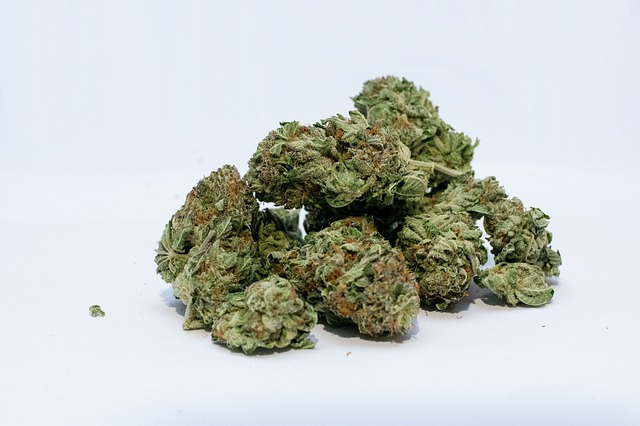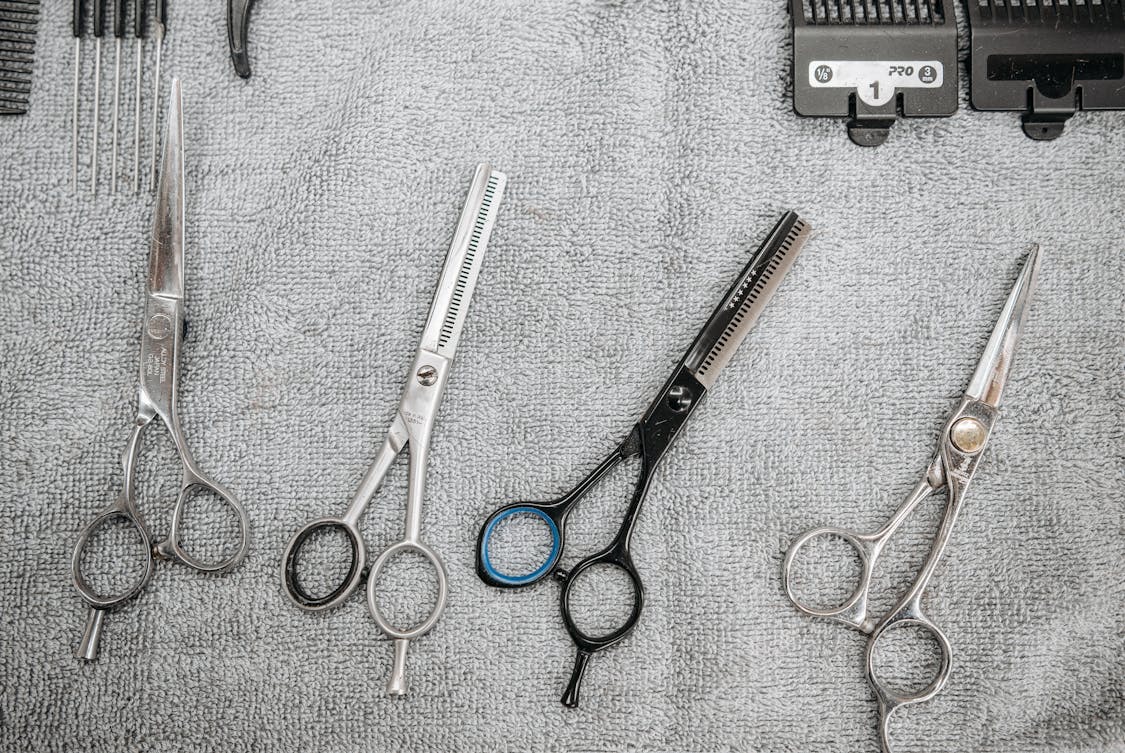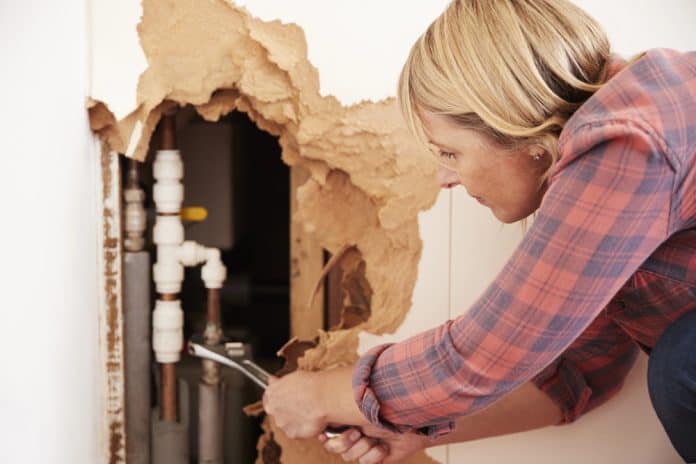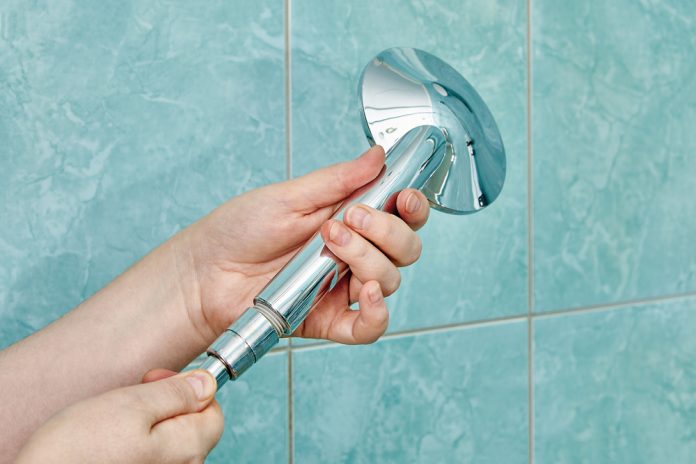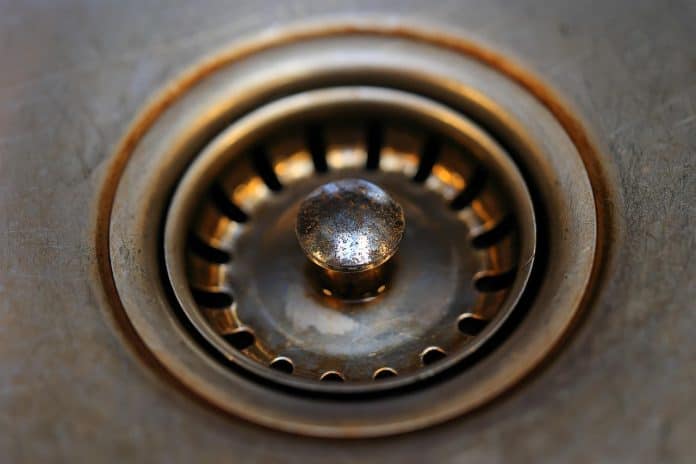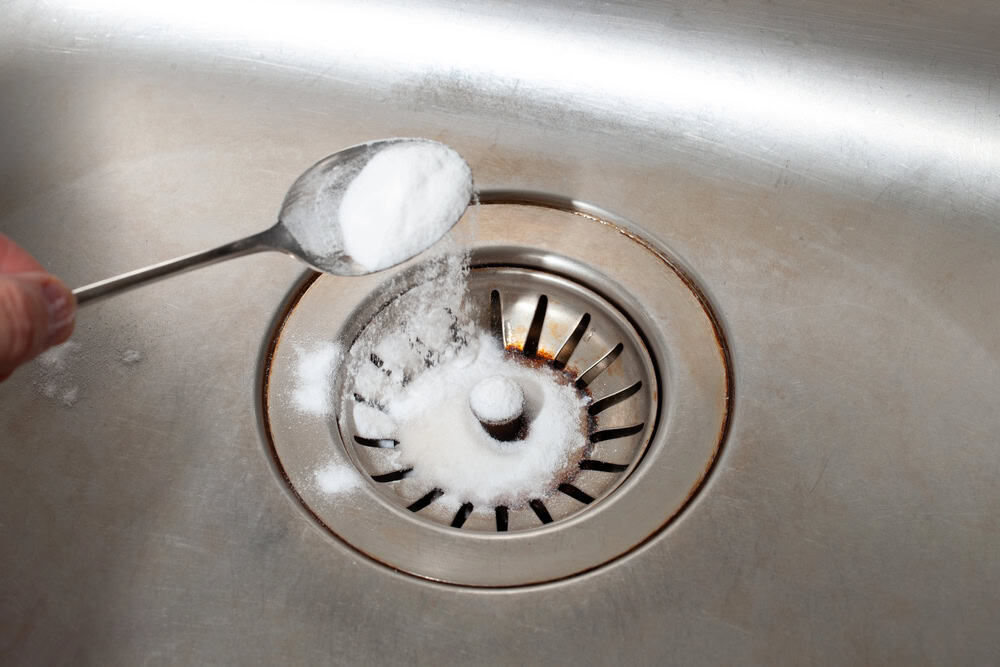Installing a shower can be an appealing project for those who enjoy tackling home improvements. However, diving into such an endeavor without the right knowledge can lead to a cascade of problems.
Gaining a deep understanding of plumbing, waterproofing, and local building codes is crucial. Ignoring these elements can transform what seemed like a simple task into a head-scratching ordeal.
Let’s explore the common pitfalls that inexperienced DIYers often encounter when attempting to install a shower.
Understanding the Basics of Plumbing
Many people underestimate the importance of plumbing knowledge when it comes to shower installation. A shower involves water supply lines, drainage, and often a mix of both hot and cold water.
Without a basic grasp of how these systems work, one might mistakenly connect pipes in a way that leads to leaks or inadequate water pressure.
Water pressure is another pivotal aspect. If the pressure is too high, it can cause pipes to burst. Conversely, low pressure can lead to a disappointing shower experience.
Knowing how to adjust these systems is key for a satisfactory outcome.
If you’re unsure about the plumbing aspects of your shower installation, Plumbers Five Dock can offer professional advice and ensure everything is connected correctly and up to code.
The Importance of Proper Measurements
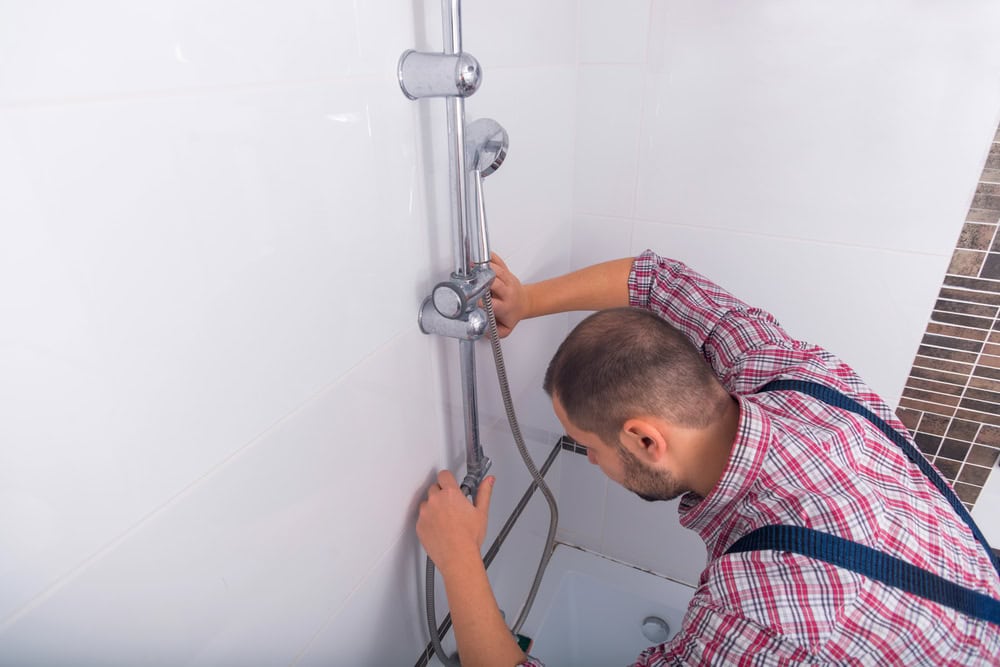
When it comes to DIY projects, “measure twice, cut once” is a well-known adage for a reason. Accurate measurements are especially critical in shower installation.
If the shower doesn’t fit the designated space, it can result in gaps that lead to leaks, or worse, necessitate a complete redo.
Taking the time to carefully measure the space ensures that the shower base and walls are compatible with the existing layout.
Even a minor miscalculation can lead to costly adjustments or further complications down the line.
Choosing the Right Materials
Home improvement stores are filled to the brim with various shower materials, from tiles to acrylic. However, selecting the wrong material can spell disaster.
For instance, ceramic tiles are popular for their aesthetic appeal but require meticulous installation to avoid water damage.
Conversely, acrylic showers are easier to install but may not offer the same longevity or style.
Without an understanding of the pros and cons of each material, DIYers may end up with a shower that doesn’t meet their needs or, worse, fails prematurely.
Waterproofing
Perhaps one of the most critical aspects of shower installation is waterproofing.
Failing to adequately waterproof the area can lead to mold and mildew, which not only harm your health but also compromise the structural integrity of your home.
Using the right materials, such as waterproof backer board and sealants, is essential. If these aren’t applied correctly, the consequences can be dire.
Understanding the correct installation techniques can be the difference between a successful project and a costly mistake.
The Drainage System
Many DIYers overlook the intricacies of the drainage system. Ensuring that the shower drains properly is vital to prevent standing water or flooding.
A poorly installed drain can lead to clogs and water backup, resulting in a muddy mess.
Understanding the slope needed for proper drainage is crucial. The base should slope toward the drain to facilitate a smooth flow of water.
Without this knowledge, you could find yourself in a wet and frustrating situation.
Local Building Codes and Permits
Many homeowners are unaware that shower installations often require permits and must adhere to local building codes.
Ignoring these regulations can lead to fines or the need to redo work that does not meet safety standards.
Researching local building codes can seem tedious, but it’s a necessary step. These codes exist to ensure safety and functionality, and bypassing them can result in long-term safety hazards for you and your family.
The Risks of Electrical Work
In some cases, a shower installation may involve electrical work, such as installing a shower light or a heated floor. If you’re not comfortable with electrical systems, it’s better to call a professional.
Mistakes in electrical installations can lead to serious hazards, including fire risks or electrocution.
Even basic knowledge of electricity can help in making informed decisions when integrating electrical components into your shower design.
However, if you’re unsure, it’s wise to err on the side of caution and seek help.
The Time Factor
Installing a shower isn’t just about physical labor; it also requires a time commitment. Many first-time DIYers underestimate how long the project will take.
What seemed like a weekend project can easily stretch into weeks if unforeseen issues arise, such as leaks or material shortages.
Planning ahead and allocating sufficient time can help mitigate stress. Recognizing that time is a factor can prevent hasty decisions that lead to mistakes.
The Emotional Toll of DIY Frustration
Undertaking a DIY shower installation can lead to not only physical but also emotional frustration. When things don’t go as planned, it can feel overwhelming.
The pressure of wanting to finish the project can lead to rushed decisions that compound the original errors.
Understanding that frustration is part of the learning process can help manage expectations. Taking breaks and approaching the project with a clear mind can lead to better decision-making.
The Value of Seeking Help
Sometimes, the best course of action is to seek help from a professional. While DIY projects can save money, they can also lead to more significant expenses if mistakes are made.
Consulting with a plumber or contractor can provide valuable insights and prevent costly errors.
If you’re feeling unsure about any aspect of the installation, don’t hesitate to reach out for assistance. Professionals can help guide you through the process, ensuring that you avoid common pitfalls.
Learning from Mistakes
Every DIY project is a learning opportunity. If things don’t go as planned, take the time to assess what went wrong. Understanding your mistakes can provide invaluable lessons for future projects.
Being honest with yourself about your limitations can streamline future endeavors. Instead of being discouraged, view each challenge as a stepping stone toward improvement.
Resources for DIYers
Today, a wealth of resources are available for those embarking on DIY projects. From online tutorials to instructional videos, the information at your fingertips can be both beneficial and overwhelming.
Finding reputable sources can provide clarity on various aspects of shower installation. Websites, forums, and even social media groups can offer support and advice from those who have tackled similar projects.
Balancing Cost and Quality
Many DIYers are motivated by the desire to save money. While DIY projects can be cost-effective, cutting corners on materials or rushing through the installation can lead to greater expenses later.
Investing in quality materials and taking the time to do the job right can save money in the long run. When considering your budget, weigh the initial costs against potential future repairs.
The Importance of Patience
Patience is a virtue, especially in DIY projects. Rushing through tasks often leads to mistakes that can be frustrating to correct.
Taking your time to understand each step of the installation process can mitigate problems later.
Breaking the project into manageable tasks can make the process feel less overwhelming. Celebrate small victories along the way to maintain motivation.




